Ask: How did you get into music?
My first introduction to music was via my mom to classical piano at 7 or 8 years old. Some of the first composers that struck me were Bach, Debussy, Haydn, and Chopin. My last piano teacher introduced me to Erik Satie. His pieces had such a strange melancholy and really got through to me. It was the first time I'd been interested in hearing and playing more of a certain composer.
"I realized I could actually play and write music as a form of enjoyment!"
That same piano teacher didn't treat me like a machine (to only read and play pieces correctly), he wanted me to find composers I liked on an emotional level. He encouraged me to forget the technical aspect and keep up with the movements and changes in the music I liked. It was then I realized I could actually play and write music as a form of enjoyment!
Ask: Is that when music became your main pursuit?
Yes. Then, my brother and I got introduced to different genres of music like hip hop and thrash metal, the music that came along with skateboarding culture. Also, a lot of DIY punk bands, which I loved for their raw energy. It felt like something within my grasp. Something I could achieve on my own. I loved the idea of being a bedroom or garage producer.
Later, I became fascinated with avant-garde, industrial and noise, techno, electro, early house music. Around the age of 16, I bought my first pair of turntables and started DJing, buying tons of records and then about a year later I thought it'd be really cool to start making music. When I'd DJ I'd setup tracks to be within a specific genre/sound. It's like taking the audience on this journey, starting at one point and ending at another point. Where you take them between those two points is entirely up to you. It's like this sonic roller coaster ride and you're basically sequencing the tracks on the fly. In fact, it's like an early form of sequencing and arranging.
Ask: What was your first drum machine?
The first drum machine I got was a TR-909. At the time '91/92 you could find these classic analogue machines for very cheap here in Atlanta. I knew of only one other producer at that time and I actually bought his 909! He was Chris Brann of from the Wamdue Kids. It taught me so many things because it had MIDI and I would sequence it with my first AKAI sampler (bought soon after). I'd have these half drums, half sound sequences which was very linear in style, but taught me the basic fundamentals of setting up a track.
"I was amazed by artists like Speedy J and Autechre. That period for me was like the Renaissance period in electronic music."
I then acquired a TB-303 inspired by the sound of acid. Probably the single biggest turning point in that time was hearing the work of Aphex Twin. I was listening to the syncopated rhythms with alien analog percussion. It was so forward thinking for me it was just revolutionary. I'd never heard anything like it, and I knew I'd love to make music like this. That led to me discovering a whole host of other producers in the experimental dance genre. I was amazed by artists like Speedy J and Autechre. That period for me was like the Renaissance period in electronic music. They were taking a very linear-based style of music and pulling out rhythms, sounds, timbres into very abstract and different concepts. The way they were composing and playing these machines was so futuristic to me.
Richard Devine playing live!
Ask: Back in the '90s electronic was in its prime. Where do you feel the state of EDM is at now?
Well, it's exploded; you now have genres on sub genres of music. There are hundreds of different styles compared to what there was then. You could go into records shop, you'd see maybe 20 to 30 different genres of music. Now you'd see post-dubstep, dubstep grime, UK whatever, and you could easily have 30 different variations of dubstep. Now there are 10 times more people making electronic music. Technology has made this possible. Back then it was harder to find the right equipment, and it wasn't cheap. Often it wasn't user-friendly either: just to get everything to sync together was a real challenge and headache. Now it's much easier… My 18-month-old daughter is already making music using just the iPad!
"My 18-month-old daughter is already making music using just the iPad!"
Now you can buy Ableton or Logic Pro X, which ship with gigabytes of audio content, you have a host of audio processors, preset sounds in the box. It's hard to make mistakes now, unless you creatively don't make good decisions. Even that's hard to do with the great content that ships with DAWs of today. I would have loved that when I started out. I would get a synth and there would be nothing, just a keyboard, with factory presets that sounded awful. You had to figure out how to use each piece of equipment and deal with its limitations and shortcomings.
Ask: Did having to deal with those gear limitations constrain your creativity or help you think outside the box?
I've always been one of those people who work better with limitations. I looked at this as more of a creative spark to my workflow. Having these restrictions can make you think differently about how you're going to find a solution. A lot of the early analogue drum machines and synths that I had didn't have any sort of preset storage features. So you had to start from scratch every time. It was great in that you always started shaping and conforming the sounds first before you started making any music. It really made you think about what each sound would do and its purpose in the track. I had to make the best of what I had and be creative and so I discovered things through trial and tribulation. I feel I work more creatively when I use just a few pieces of kit, rather than trying to use everything in my studio.
"I work more creatively when I use just a few pieces of kit, rather than trying to use everything in my studio."
When I started sampling on my digital AKAI sampler it only had 8 MB of sample memory. Later I bought the more expensive model with 32 MB of memory, which gave me just 1 minute and 20 seconds of sample time. I remember thinking I'd be able to do anything! I'd think 'How can I make that 1 minute 20 seconds really interesting and colourful. So you're forced to think differently about your samples and get creative with some of the techniques.
I don't think necessarily having unlimited power and memory is a good thing. It can make you lazy, and I've been guilty of that, now that I have unlimited processing power and sometimes doing everything in the computer, in the box, doesn't always feel very creative. I was probably more creative with my limitations than I am now with every option, every plug-in at my fingertips.
Ask: Do you still have much of your original gear in your studio?
I still have lots of my old analogue synths and drum machines. For example, my TR-808 and TB-303 (Devilfish) and my ARP 2600. I'd never owned a modular synth before having the 2600. It's a semi-modular environment and there's a fixed module that has 3 oscillators, a filter, ringmod, and envelopes, etc. You've got a sample & hold circuit and a slew generator section. You've got a lot of stuff to play with just right on the front panel. Even if you didn't patch a single cable you could get lots of wicked sounds just from the internal structure thanks to the way it's laid out. That synth was sort of a revolution at the time for me. It taught me so much about sound design and sound shaping using filters, envelopes and LFOs to pulse and control the oscillators in new interesting ways.
Inside Richard's current studio.
Ask: What was the first piece of music software you started using?
I think the first was CSound shown to me by Don Hassler who taught an experimental sound class at the Atlanta College of Art. He also showed me other early Mac-based audio processing environments like SoundHack, SuperCollider and I was completely fascinated by all of this. Before then I thought the most sophisticated sounds could only be done with hardware. I'd been thinking of the computer as basically a digital tape recorder, not a synthesis workstation. I remember hearing the SuperCollider FM Landscape patch… My jaw dropped. It sounded more like the sounds of nature than of a computer application! I simply wasn't aware that computers were capable of making such smooth, liquid and elegant sounds.
"I then came across Morton Subotnick's music which blew my mind! I'd never heard anything like what he was doing on the Buchla synthesiser."
I then came across Morton Subotnick's music, which also blew my mind! I'd never heard anything like what he was doing on the Buchla synthesizer. It was to me some of the most advanced, organic musical compositions I'd ever heard. It didn't sound linear or sequenced with drum machines and hardware sequencers. It was like electrical organisms growing, vibrating, colliding and mutating into each other.
In 1999, I discovered the work of Native Instruments with Generator (now called Reaktor). It basically enabled you to build your own synthesizers within this open-ended modular environment. I think I was running it on a 66 MHz computer! I was always looking for new things and I had shifted my attention from always looking at hardware to looking at everything: software, or any technology that would give me something sonically different and at the same time would allow you to create things from scratch.
Ask: But you've kept most of your hardware, of course...
Oh yes! The computer is wonderful and I still do 90% of everything on it, but there's something to be said about physically interacting with an instrument: playing it, shaping it, changing parameters, patching. It's an entirely different therapeutic experience you have with this instrument, like playing a guitar, or something that is emotionally connected to your brain and your hands. It's similar to painting or drawing for me. It's like a stream of consciousness that just happens and is entirely different from trying to program music notes with a computer mouse.
Ask: You're well known for your sound design skills, and I believe you're continually working on a lot of different sound design and patch creation projects?
My day-to-day work involves working on a lot of commercial sound design projects. In my off time I work with audio companies developing sounds, patches for hardware and software synths and drum machines. Those are the kinds of jobs I like to do as a labor of love, sometimes for free, sometimes in exchange for the product. I love it because it enables me to get acquainted with newer technology and I get to practice applying some of my skills using newer synthesis methods and newer environments. I look at those types of projects as more of a research and development time for me.
One of Richard's complex Max MSP patches.
Ask: Tell us about any synths you're using and you're particularly excited about.
Well, the most recent project I worked on was with Clavia Nord on the Nord Lead 4 synthesizer. I just finished up a sound bank you can download for free from their website. I've been a big Nord fan for years ever since the Nord G1 Modular, which Sean Booth from Autechre originally turned me on to. You could do all the patching in the computer and then send that patch to the synthesizer hardware and assign macro controls, morph assignments, etc. The idea was genius and so ahead of its time. I later bought the Nord G2, and still use that synth here on a regular basis.
Ask: Can you tell us about anything you're working on now?
I'm working with Akai on something which should be coming fairly soon. I'm also working on a very cool thing with Native Instruments, which I can't talk about right now… Except to say it'll be very cool and bring new life to your sounds.
I've recently finished working on a signature artist bank of 128 sounds for the Elektron Analogue Four synthesizer and I'm going to be doing sounds for their new drum machine, the Analogue Rhythm. I'll be working on a hybrid sound bank that'll be half sample, half synthesized drum kits and sequences, really looking forward to that.
I've also just finished designing an entire bank of sounds for Waldorf on their new iOS app, Nave. It was a really fun project to work on. Waldorf are making a huge comeback and it was one of the most interesting and new virtual iOS synths that I've worked on. There's endless ways of manipulating sounds and anyone that knows me will tell you how much I love wavetable synthesis!
Ask: Do you feel the iPad has come of age as a viable platform for music synthesis?
Yes. We're now taking that next step where the iPad is no longer a little toy. I remember when Korg came out with the iMS-20, that was a big jump too. It also brought us real soft-synth level of complexity and sound quality to the iOS platform. Then Nave is like that next step and made me realize that the iPad is now a serious device for music creation.
Ask: There's also been many new hardware controllers: Ableton Push, Native Instruments Maschine, M-Audio Trigger Finger Pro to name but a few. What hardware is exciting you?
I just got Maschine Studio and I love it and the new 2.0 software update. I'm digging the synthesizer voice drum feature, where you can synthesize your own kicks, snares, etc. I'm into making my own drum sounds, which I guess comes from using modular synthesizers for so long. It's all about putting many elements together to craft and shape each percussion sound in your mix and I just love that. Everything then has a homemade feel to it, rather than using an existing drum voice with typical samples.
Richard's music looks pretty too!
Ask: Any non-controller based hardware caught your eye of late?
I caught the Apollo Twin at the Universal Audio booth at NAMM. I'm running the Apollo Quad at my studio doing a lot of tracking and mastering with it. It's an excellent product and the Twin looks great, especially for people like me who need to do some location on the spot field recording. I've used the Apollo Quad for that in the past, but the Twin is much more portable. I think they've answered a big need of their users and it's a great move on their part.
Ask: What's your DAW of choice?
I use Nuendo, Logic Pro, Ableton Live, and Pro Tools… Everything! I use Ableton for my computer-based live performance shows. My typical setup consists of an iPad running Lemur software and an Elektron Machine Drum/Monomachine that's MIDI clock-synced within Max for Live. It's a pretty crazy setup, but lends itself to hours of experimentation and live jamming. I have a session that has about 300 clips arranged into different songs and I use a host of Max for Live devices for processing and sequencing, some that I've created myself.
Ableton Live 9, one of the many DAWs Richard Devine uses.
The Max for Live online library is where I get other devices and it's such an awesome place for new inspiration and ideas. It's one of the smartest things Ableton have done. It's the community (and the same with Reaktor, too) that keeps the longevity of the product. I find Reaktor and Max are the longest standing environments out of everything I use because you constantly have new ideas from other people that you can research and look inside to see what makes it so unique. Or, you can figure out how to build something more efficient. It's very much like working with a modular synthesizer: There's no right or wrong way, you're really just trying to get something that sounds cool.
Ask: Do you spend more time getting creative inside or outside of your studio?
We've just built a new studio in our basement, which is beautiful, and I love spending time in it. But, I've been trying to shift my workflow so I can do more work wherever I am: coffee shop, airport, hotel room, etc. If I stripped it back to the bare essentials, all I need is a MacBook Pro, iPad and an OP-1 synthesizer. The OP-1 by Teenage Engineering is a really quirky, cool (and small) sound designers workstation keyboard because it has real-time sampling, various synthesis generation models, physical modeling and easy ways to create sounds on the go, plus there's some great sequencer modes I love, and means you can do sound mangling and processing on the go. Plus, I also always carry my Zoom H6 recorder with me for instant field recording. I could do probably everything with that setup and not even need to be attached to my studio.
The Starship!! Set phaser to stun ;-)
The studio is where I spend time when working on big projects when I need to generate a lot of original content and it's good to have access to a lot of vintage and esoteric synthesizers. I have everything plugged in and running into a Yamaha DM2000VCM console, which runs into a Mac Pro, which is constantly running 24/7. So, I basically call up channel and record stuff, so it's always ready.
Ask: Do you have any tips to share for those wanting to explore sound design and electronic music production?
Well, for electronic music the number one thing is to find your own creative voice. Find the music that speaks to you the most, the music that you enjoy the most. I know people go into making music for all types of different reasons, money, fame, etc. I started working in sound and music because it was first a hobby that I really enjoyed, much like painting or sculpture. It was another artistic outlet for me to express myself. I didn't have any other intentions other then to do it for myself. The music I create wasn't the most popular and sure, I didn't make millions and don't have millions of fans that follow me, because I make this slightly off the beaten path style of music, that might be considered more academic at times. But, that was my voice, and that is what I felt artistically represented me. I stuck with that. I think that's really important. So, find a style that represents you and try to do something new within that realm. It can be a wonderful thing in that it will eventually lead to something new that hasn't happened before and you can be your own personal sonic signature.
"Find a style that represents you and try to do something new within that."
Sound design can be the same kind of thing too. You need to find your own voice and style and develop the skills you have that set you apart from the next person. Technology has made it a lot easier for everyone to get into all this. At this point anyone can make electronic music or be a sound designer. But, it's important to find a niche of something that you're really good at that sets you apart from everyone else. It's important to bring something to the table that's unique and different.
"It's important to find a niche of something that you're really good at."
It's also important to realize the realities of this line of work. One of my favorite things about being freelance is the sheer variety of projects that I get to work on year after year. It never gets old, and you are constantly facing new challenges that force you to be creative in ways you never thought you could. It's really exciting to start working on a new project, but you have to know your limits and learn to pace yourself. It's much better to pace yourself, and avoid burning out too quickly. So know when to take breaks and schedule your work hours accordingly. You never want to risk doing work that is not your best, so it's good to know your limits.
You also have to be careful not to underestimate the time it will take you to get a particular project done. I now have a little better grasp on how to tell which projects are going to be a nightmare to work on, compared to projects that are well within my working capabilities. It's up to you to decide if the project is worth taking on or not. Many times the project won't be worth the stress and energy. You will have to look at it from a financial and creative standpoint. Will it be worth my time to do this? Will the project be fun? Will I gain new skills and experience from this? Will the client best utilize my talents as a creative sound designer? Will this project help my portfolio?
Working as a freelance sound designer has lots of benefits but also has lots of challenges. Be open to creative criticism and always look for ways to improve your work. I always tell people that I will be a student for life!


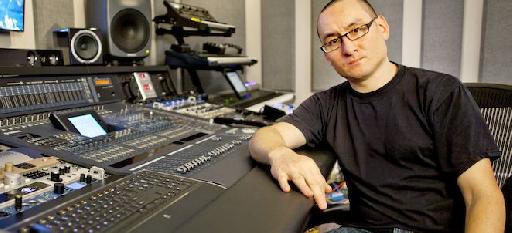

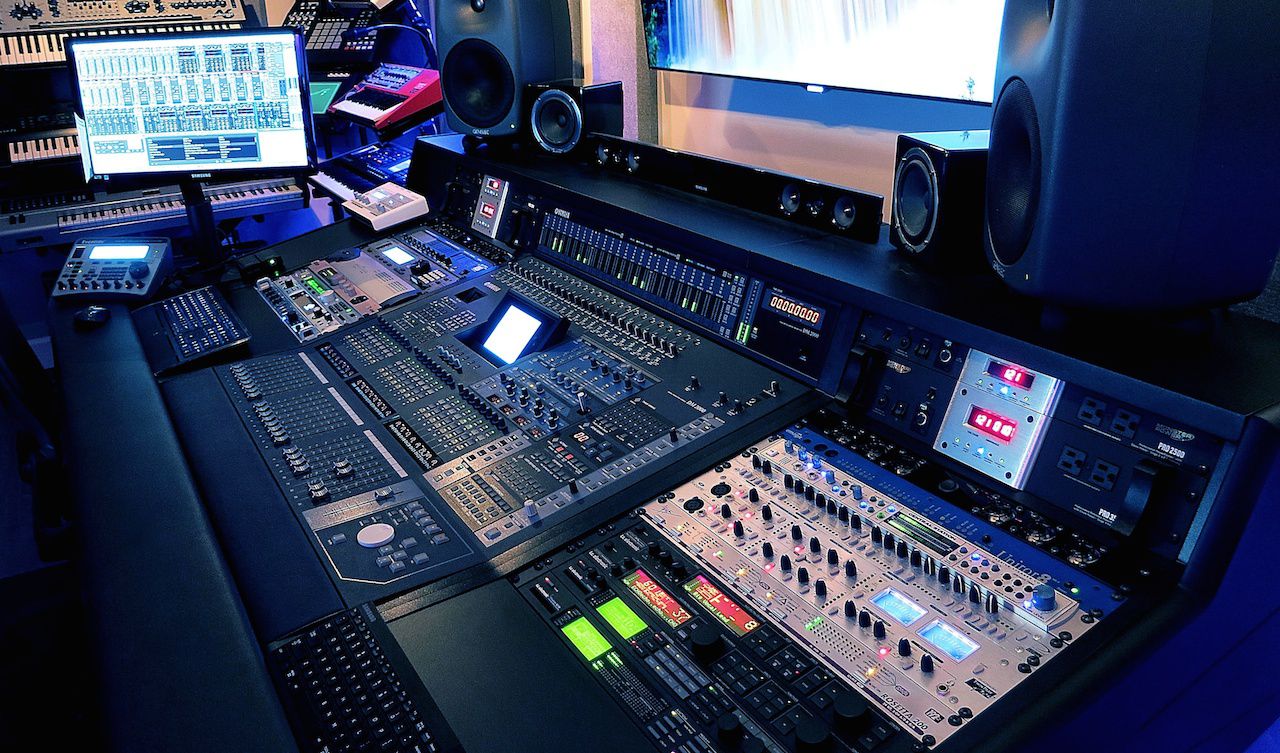

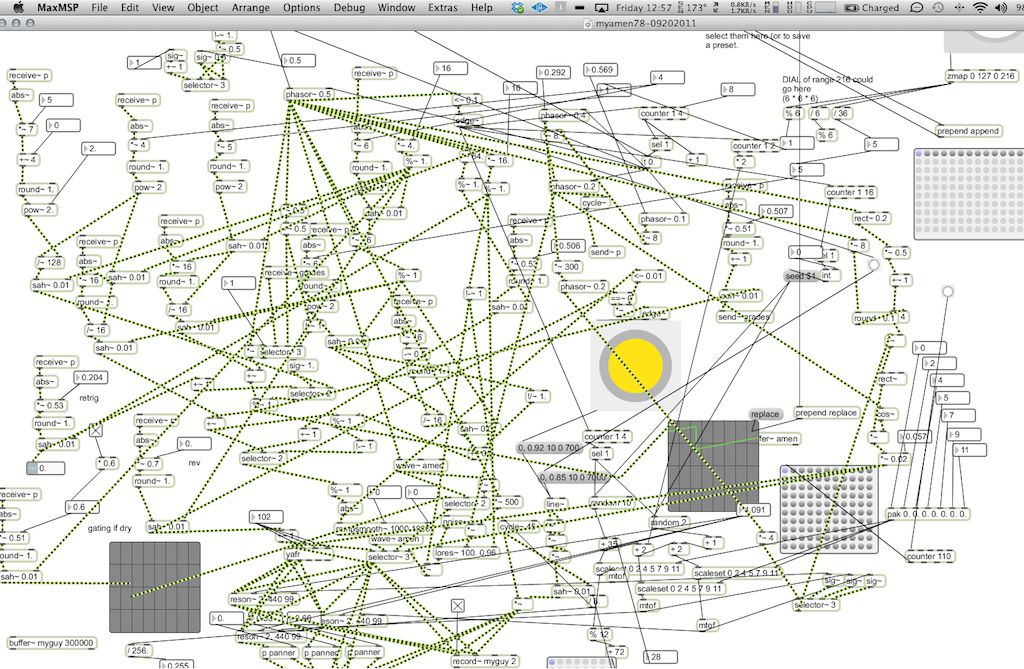
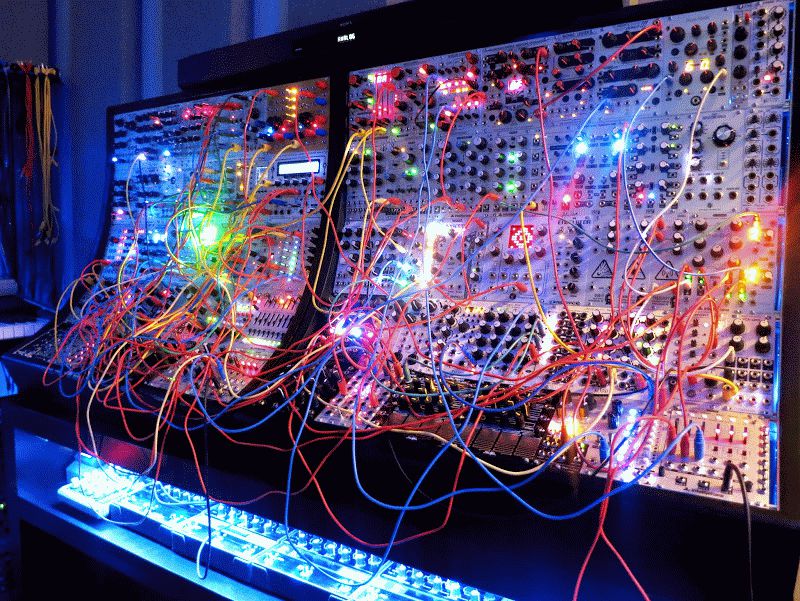
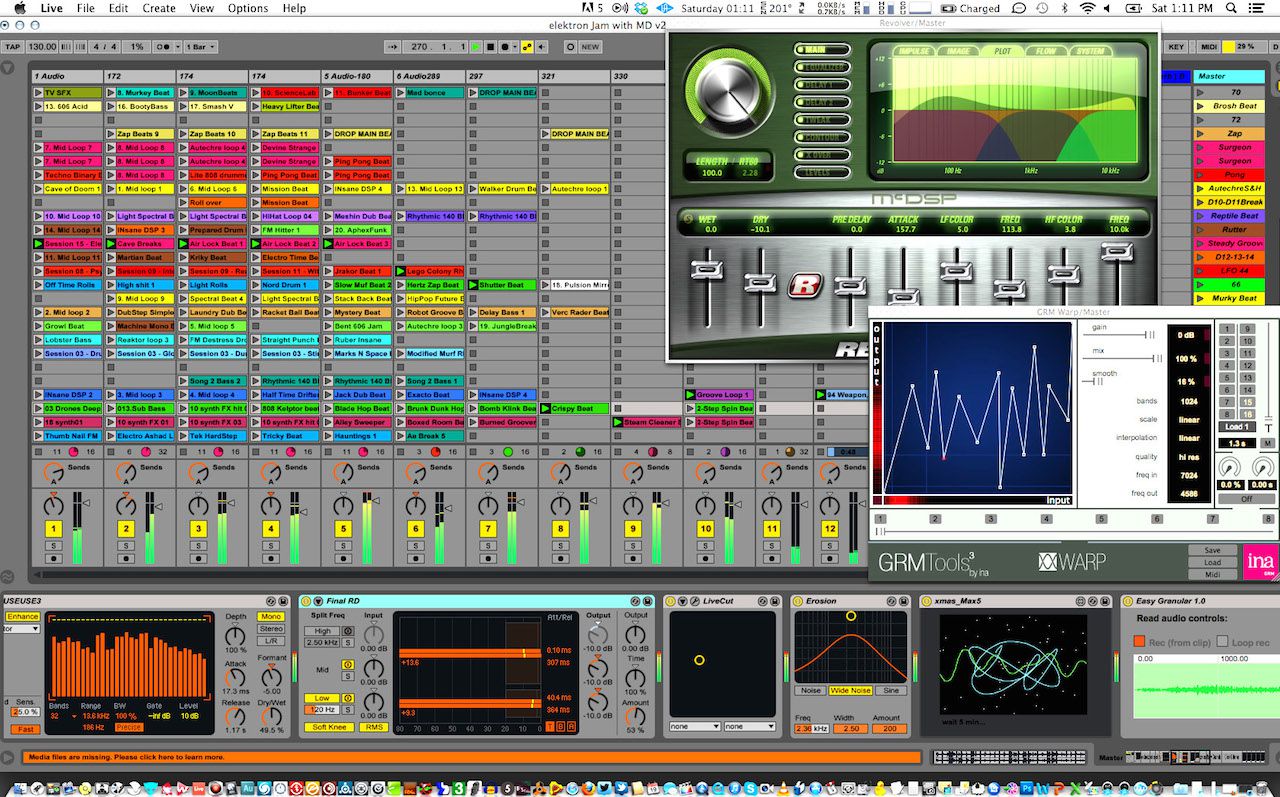

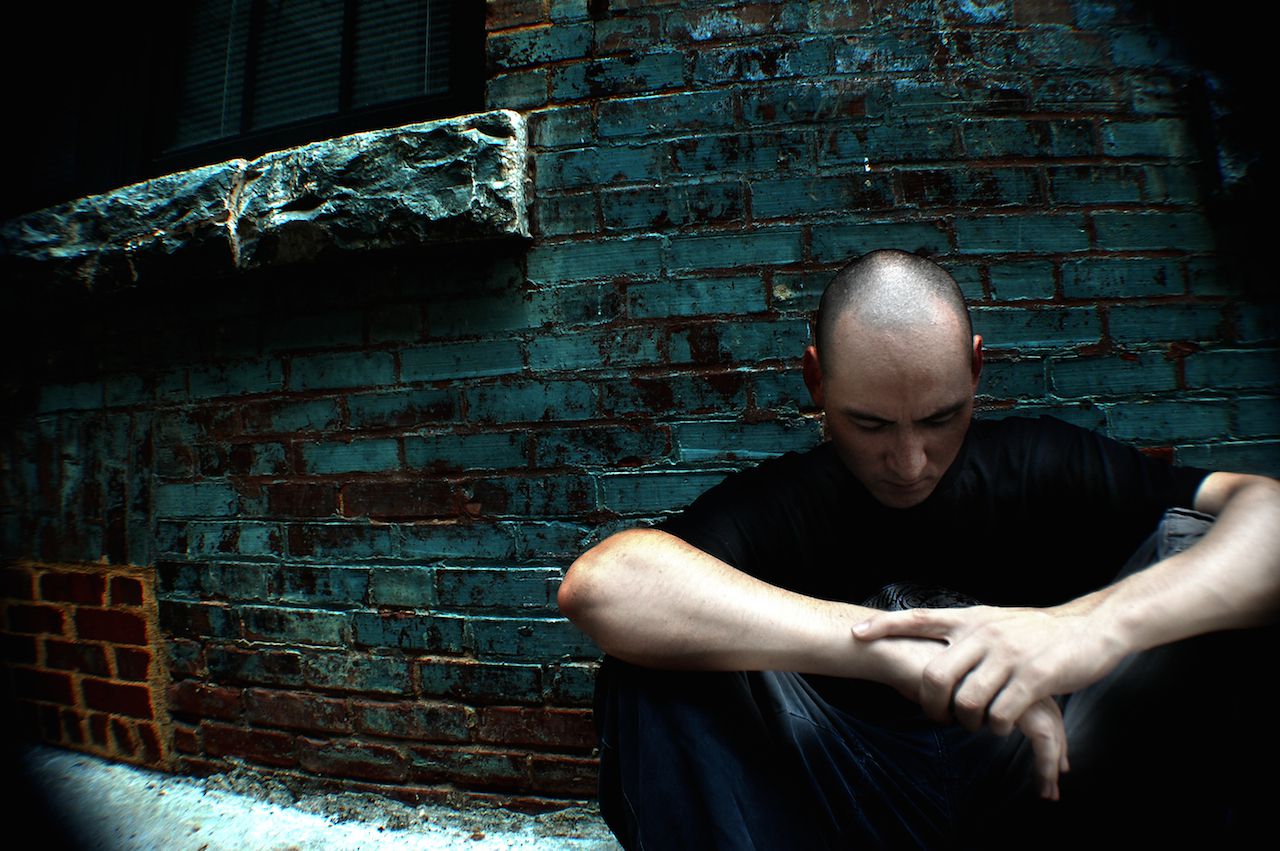
 © 2024 Ask.Audio
A NonLinear Educating Company
© 2024 Ask.Audio
A NonLinear Educating Company
Discussion
Want to join the discussion?
Create an account or login to get started!